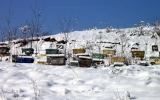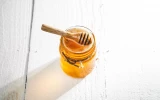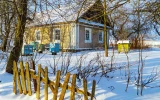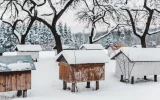When Is It Too Cold to Feed Bees?
Winter is a challenging time for beekeepers. With temperatures dropping, it can be hard to know when it's too cold to feed bees. Let's find out when it's ideal to feed your bees and how to keep them healthy in cold weather.
It's too cold to feed bees when the temperature drops below 55 °F. The bees are unable to move their wings and are unable to feed themselves at this point. If temperatures remain below this threshold for a prolonged period, then beekeepers must take steps to keep the bees warm until temperatures rise again.
This article will provide an overview of the ideal temperatures for bee feedings and how to ensure your bees are taken care of during the colder months.
Summary
- The bees are productive between 94 °F and 95 °F (34 °C and 35 °C) as their right temperature to eat and pollinate.
- It is too cold for bees to eat when the temperature is below 55 °F (13 °C).
- Beekeepers should provide food like honey, bee bread, and pollen to survive the cold weather.
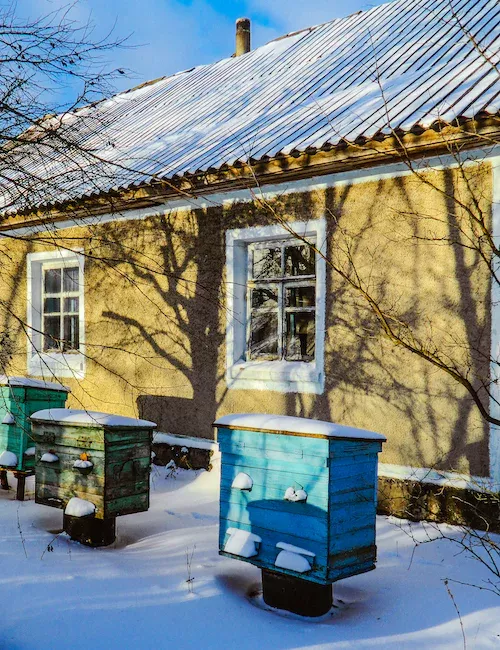
On this page:
Too Cold Temperature to Feed Bees
When temperatures drop below 55 °F (13 °C), it is too cold to feed bees. This is because the bees cannot digest food at lower temperatures. In addition, if the food is too cold, it can cause the bees to chill and die. Additionally, when temperatures drop below 50 °F (10 °C), the bees can no longer cluster to keep warm, so feeding them will not help them.
If the weather is too cold, it is best to leave the bees alone until temperatures rise again. This means not feeding them, not opening the hive, and not disturbing them in any way. If temperatures remain low for an extended time, the bees can become weak and die from starvation.
It is also important to make sure the bees have enough food to last them through the winter. During the fall, beekeepers should check the hive to make sure there is enough food stored up for the cold months. If the bees don’t have enough food stored, the beekeeper can provide supplemental feedings of sugar syrup or pollen.
Feeding Bees During Cold Weather
Bees require food year-round to survive, including during cold weather. Beekeepers should feed their bees a 1:1 ratio of sugar and water to give them the energy they need to stay warm and active during the winter. It is important to feed bees before winter sets in, as they will need the extra energy to make it through the cold season.
Bees will consume the food quickly, so beekeepers should monitor the hive and replenish the feed as needed. A simple feeder can be made by drilling small holes in the lid of a canning jar and partially filling it with the sugar and water mixture. The feeder should be placed in the center of the hive and covered with an inverted bucket or another form of shelter to protect it from the elements.
Beekeepers should also make sure that their hives are well-insulated and protected from wind and drafts. This will help keep the hive at a stable temperature and will allow the bees to conserve their energy.
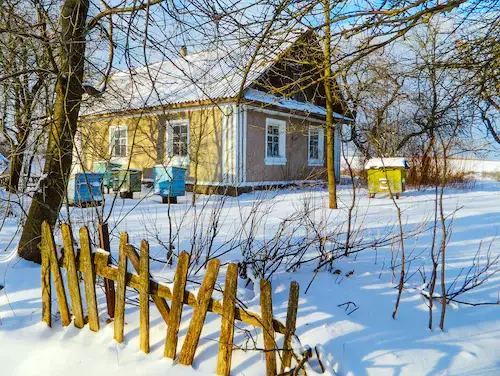
The Importance of Feeding Bees During Cold Weather
Bees are essential for pollinating flowers and other plants and for producing honey and other bee products. During cold weather, bees need to be fed to ensure they have enough energy to survive. Bees need a consistent supply of energy-rich food to sustain them, and they can struggle to find food sources in cold weather. This is especially true for honeybees, which are responsible for pollinating a third of the food we eat.
Feeding bees during cold weather is important for several reasons.
It helps them survive extreme weather conditions and stay healthy. Bees need to remain active to keep their body temperatures up, and food provides them with the energy they need to do this.
It helps them build up their strength and resilience before winter begins. If bees are fed before winter, they can store the energy they need to survive the cold months ahead.
Feeding bees during cold weather helps ensure they have enough resources to produce honey and other bee products. Healthy bees are essential for the production of honey, wax, and pollen, so providing them with the food they need during the winter is essential to maintaining these supplies.
Foods for Bees During Cold Weather
During cold weather, bees rely on stored food reserves to make it through the winter months. These reserves consist of a mix of honey, bee bread, and pollen.
1. Honey
Honey is a primary food source for bees during cold weather. Bees produce honey from the nectar they collect from flowers and store it in the hive. During winter, bees consume the stored honey to survive. When temperatures start to drop, bees rely on honey as an energy source to help them survive the cold winter months.
Honey helps bees stay warm and provides them with the nutrients they need to stay healthy. Bees will use the honey to generate heat by vibrating their flight muscles, and they will also consume the honey for energy.
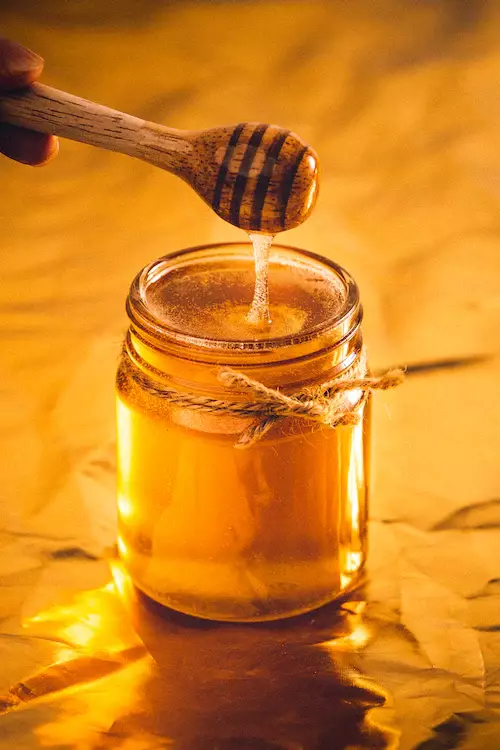
When the temperature drops, the bees will cluster together in the hive to conserve heat. This clustering also helps to protect the honey from freezing. The bees will also consume the honey to help fuel their bodies and keep them warm.
Honey is a great source of carbohydrates, protein, and other nutrients that bees need to survive during cold weather. It is also a good source of antioxidants and can help the bees fight off disease and infections.
2. Bee Bread
Bee bread is a crucial source of nutrition for honeybees during cold weather. It is a combination of pollen and nectar that is stored in the hive and then consumed by the bees in the winter months. It serves as the main source of protein for the bees during this time when other sources of nutrition are not available.
Bee bread is made by the bees themselves, who gather nectar and pollen from flowers, mix it with saliva and enzymes, and then store it in cells in the hive. This process is known as “bee breading”.
Bee bread is rich in proteins and fatty acids, as well as vitamins and minerals. It helps the bees get through the cold winter months and prepare for spring. Beebread is also important for the health of the hive, as it helps to prevent disease and ensure that the bees have enough energy to survive the winter.
3. Pollen
Pollen is a nutritious food source for bees. During the winter, bees consume the stored pollen to obtain the nutrients they need to survive. When the weather turns cold, bees must adjust their activities. Bees feed on the nectar and pollen of flowers, but during cold weather, these resources become scarce.
Overall, honey, bee bread, and pollen are essential food sources for bees during cold weather. These food sources provide bees with the energy and nutrients they need to survive the winter months.
Right Temperature for Bees
The right temperature for bees is between 94 °F and 95 °F (34 °C and 35 °C). At this temperature, the bees can fly, find food, and pollinate flowers. The temperature is important because if it gets too hot, the bees won't be able to fly, and if it gets too cold, they won't be able to produce honey.
The ideal temperature range is also important for the health of the colony. If the temperature drops too low, the bees will huddle together to keep warm, which can be dangerous for the entire colony.
Lastly, the temperature is important for the development of the larvae and the queen bee. If the temperature drops too low, the larvae won’t develop properly, and the queen bee won’t be able to lay eggs.
